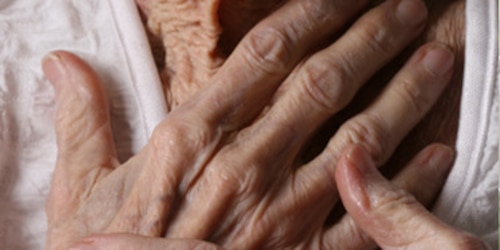1Bliss DZ et al. (2006). Prevalence and correlates of perineal dermatitis in nursing home residents. Nurs Rev, 55, 243-251.
2Department of Health (DOH) (2000). London.
3Le Lièvre S. (2001). Br J Community Nurse, 6(4), 180-185.
4Ripley K. (2007). Skin Care in Patients with Urinary or Faecal Incontinence. Primary Health Care, 17(4), 29-34.
5Bardsley A. (2013). Prevention and management of incontinence-associated dermatitis. Nursing Standard, 27(44), 41-46.
6Gunningberg L, (2004). Risk, prevalence and prevention of pressure ulcers in three Swedish health-care settings, Journal of Wound Care, 13(7), 286-290.
7Cole L, (2014). A three-year multiphase pressure ulcer prevalence/incidence study in a regionalreferral hospital, Ostomy Wound Management, 60(5), 16-26.
8Lyder CH et al.
(2002). A comprehensive program to prevent pressure ulcers in long-term care:
exploring costs and outcomes. Ostomy Wound Management, 48, 52-62.




















